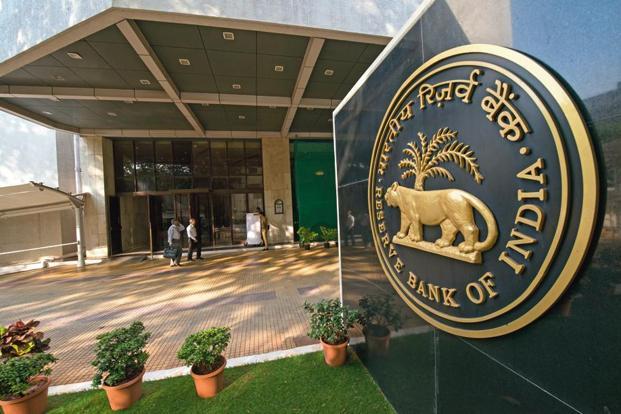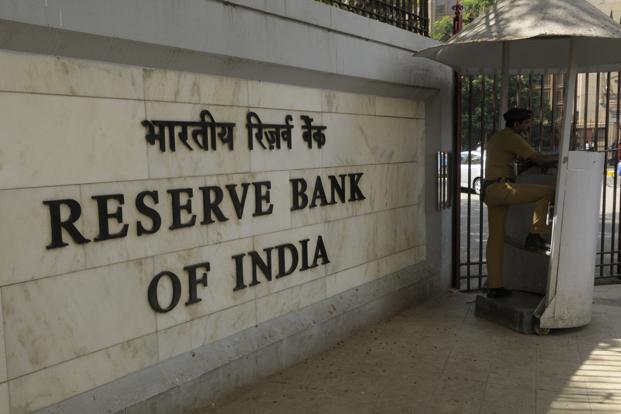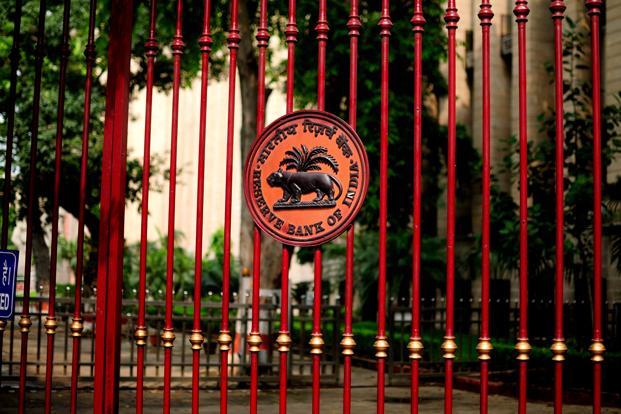The yield on the benchmark 10-year bond rose to 6.43% on Wednesday, from its previous close of 6.407%. While the finance minister was making the budget speech in Parliament, the bond yield actually dropped to 6.38%, but rose later.
The reason behind the drop was confusion about the exact size of the net government borrowing in fiscal 2018. Initially, the figure was quoted as Rs3.48 trillion against the current fiscal year’s Rs4.07 trillion. However, the comparison is not entirely correct as the 2018 figure does not take into account the buyback of bonds
After adjusting for buyback of bonds, the net borrowing programme in 2018 would be virtually unchanged—Rs3.48 trillion vs 3.47 trillion. And, without the adjustments, the comparable figures are Rs4.23 trillion in 2018 vs Rs4.07 trillion in 2017. The gross annual borrowing remains virtually unchanged at around Rs5.8 trillion. Once the mathematics was clear to the market, bond yields rose.
It could be a knee-jerk reaction as ultimately, the market cannot ignore the good news—the government is determined to contain the fiscal deficit at 3.2% of India’s gross domestic product (GDP) in 2018. This has also given rise to the hope of a rate cut in the Reserve Bank of India’s (RBI) next monetary policy on 8 February.
Indeed, the fiscal discipline brightens the chances for a rate cut next week but I would still say it’s not a given as yet—the chance of a rate cut next week is 50:50. There could be a rate cut in coming months but it may or may not materialize next week.
Apart from the containment of fiscal deficit at 3.2% of GDP, the other factor that could influence the Monetary Policy Committee (which will have a new member—deputy governor in charge of monetary policy Viral Acharya) that takes the call on interest rate is the drop in retail inflation to 3.41% in December from 3.63% in the previous month and 5.61% a year ago.
Food inflation, which accounts for more than half of the consumer price index or CPI basket, is the driving factor and we may not see inflation going down further from here. The external factors which prevented RBI from going in for a rate cut in December have worsened since then and the impact of the so-called demonetisation is still not clear.
In other words, the reasons cited by the six-member MPC for RBI for deciding against a rate cut in December are very much there and it can once again refrain from cutting the rate at its next meeting.
At the first meeting of MPC in October, RBI brought down its policy rate to 6.25%.
The other reason behind a likely decision against any rate cut could be the liquidity-driven monetary transmission. Flooded with money post-demonetization, some of the banks have pared their benchmark rates by as much as 90 basis points in January. One basis point is a hundredth of a percentage point. Much of the money that flowed into the banking system in November and December is in the form of low-cost current and savings accounts.
Banks do not pay any interest on current accounts and most pay 4% on savings accounts. With no sign of corporate credit picking up, banks have cut their loan rates for mortgages aggressively.
It is for certain though that RBI will continue with its accommodative monetary policy stance. And, of course, there could be a surprise in the form of a rate cut—like the market experience in December when the MPC chose not to go for a rate cut against the consensus estimate.



